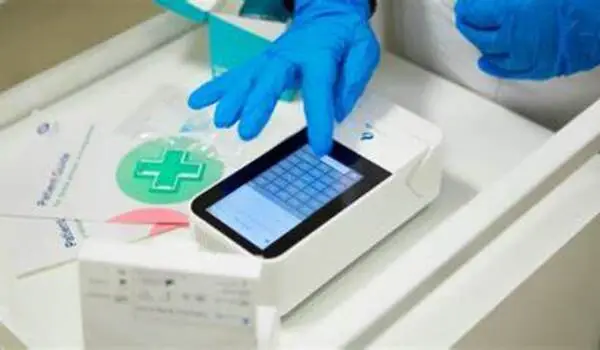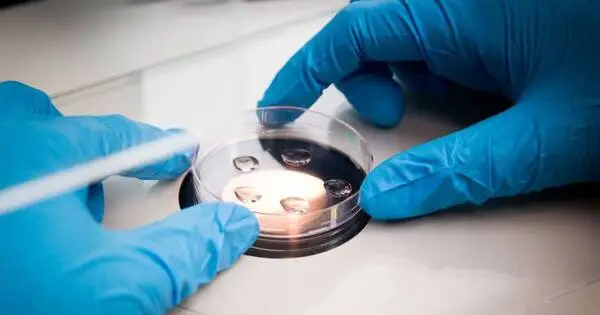Diagnostic testing is critical in healthcare because it allows for the early detection and accurate diagnosis of various medical conditions. Rapid and dependable development of new diagnostic tests can have a significant impact on patient outcomes, public health, and overall system efficiency.
Researchers at QUT have developed a new method for designing molecular ON-OFF switches based on proteins, which can be used in a variety of biotechnological, biomedical, and bioengineering applications. The research team demonstrated that this novel approach allows them to design and build faster and more accurate diagnostic tests for diseases, water quality monitoring, and environmental pollutants.
Professor Kirill Alexandrov, of the QUT School of Biology and Environmental Science, lead scientist on the CSIRO-QUT Synthetic Biology Alliance and a researcher with the ARC Centre of Excellence in Synthetic Biology, said that the new technique published in the scientific journal Nature Nanotechnology demonstrated that protein switches could be engineered in a predictable way.
The benefit of our approach is that the system is modular, similar to building with Lego bricks, so you can easily replace parts to target something else, such as another drug or a medical biomarker.
Professor Alexandrov
Professor Alexandrov said currently available ‘point of care’ diagnostic tests which provided immediate results, such as blood glucose, pregnancy, and COVID test kits, used protein-sensing systems to detect the presence of sugar, pregnancy hormones, and COVID proteins.
“However, these represent only a tiny fraction of what is required in a patient-centered healthcare model,” Professor Alexandrov explained. “However, developing new sensing systems is a time-consuming and challenging trial-and-error process.”
“The new ‘protein nano-switch’ method has the potential to significantly accelerate the development of similar diagnostics by shortening the development time and increasing the success rate. It employs proteins that have been modified to act as ON/OFF switches in response to specific targets. The benefit of our approach is that the system is modular, similar to building with Lego bricks, so you can easily replace parts to target something else, such as another drug or a medical biomarker.”

Professor Alexandrov said the method offered the possibility of building many different diagnostic and analytic tests, with a wide range of possible applications including diagnostics in human and animal health, testing kits for water contamination, and detecting rare earth metals in samples to direct mining efforts.
The multidisciplinary research team included scientists from QUT and the ARC Centre of Excellence in Synthetic Biology, consisting of lead researcher Professor Kirill Alexandrov, Dr Zhong Guo, Cagla Ergun Ayva, Patricia Walden and Adjunct Professor Claudia Vickers.
The QUT team worked with leading electrochemists Evgeny Katz and Oleh Smutok from Clarkson University in New York, as well as Queensland Health chemical pathologist Dr Jacobus Ungerer. To demonstrate the technology, the team focused on a toxic cancer chemotherapy drug that requires constant monitoring to ensure patient safety.
“Too little of the drug won’t kill the cancer, but too much of it could kill the patient,” Professor Alexandrov explained.
The drug sensor developed by the team uses a color change to identify and quantify the drug. Professor Alexandrov stated that the sensor would be tested in Queensland Health laboratories before being approved for use in clinical settings.
















